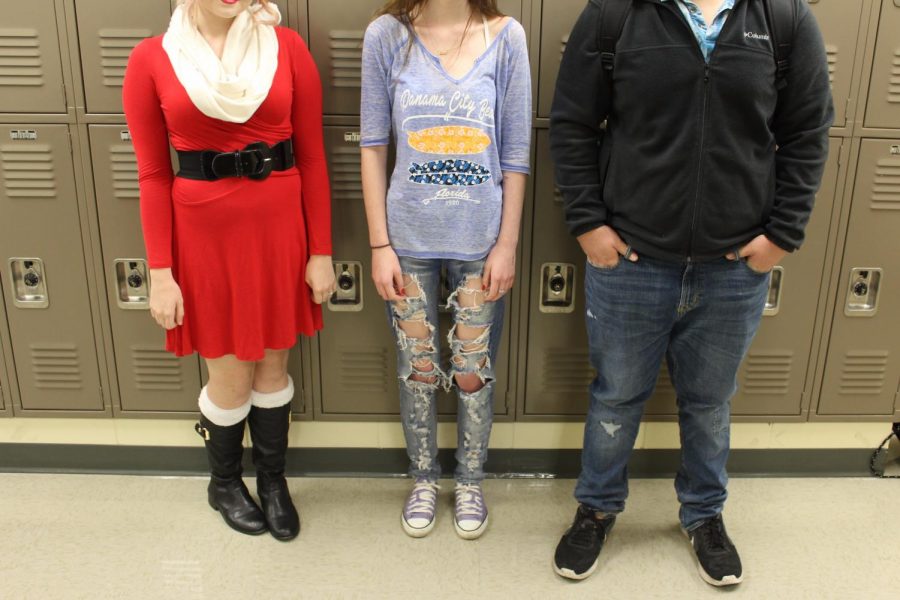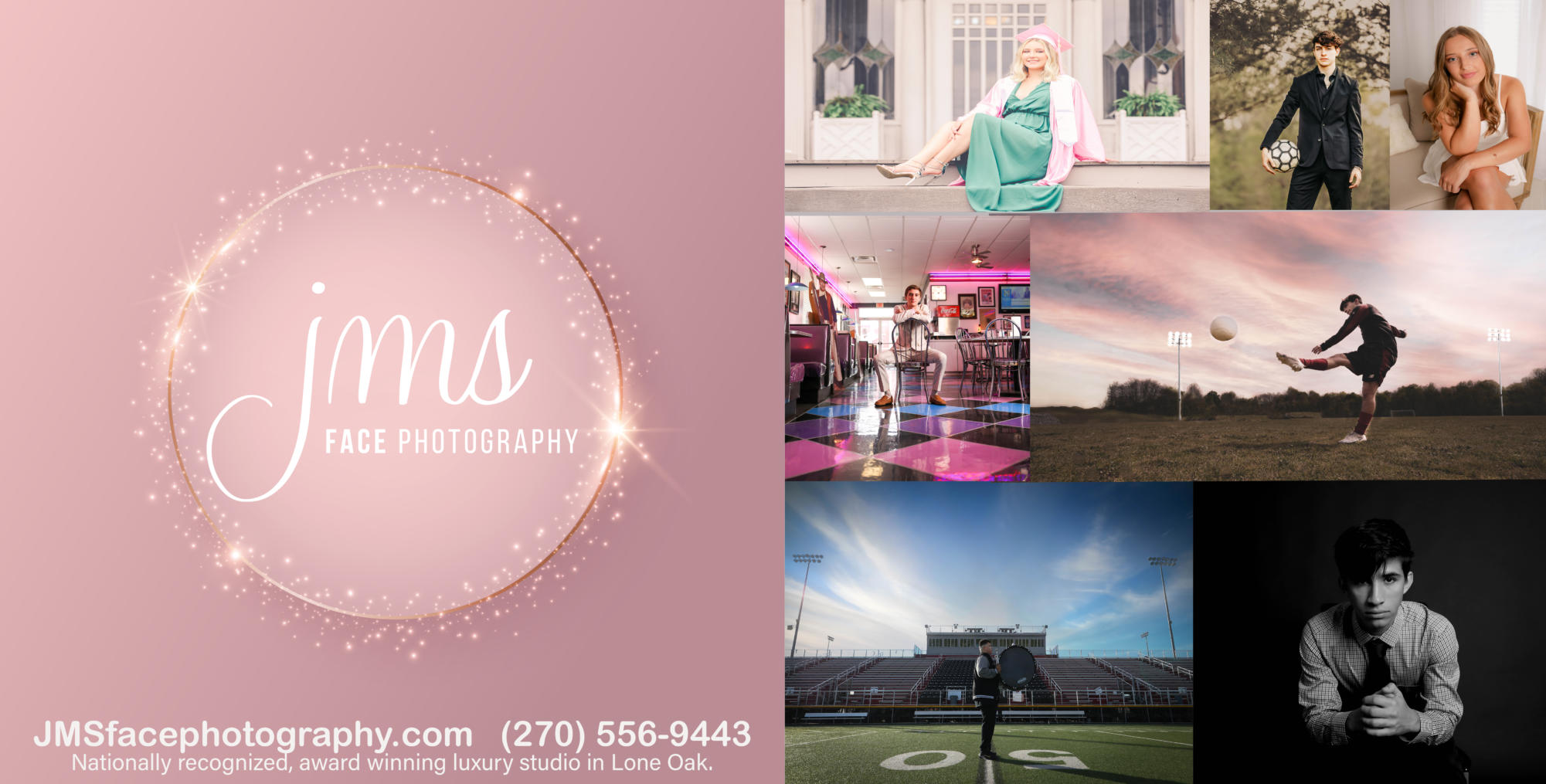The Dress Code Dilemma
January 10, 2017
As students, we all have ways we want look, how we want to present ourselves, and how we want to dress. High school is a time of exploring who you want to be as a person in society. However, that time of exploring seems to be restricted as soon as any student into an educational institution. Most high schools have a policy called, “The Dress Code.” As you could probably infer by the title of the policy, these set of rules restrict the ways students dress. These rules can be vague, targeted, and seem to be a means of control over students that should not be allowed.
Over the last few years, there has been much controversy over dress codes because of the way it tends to target females and those who are transgender over males. In the McCracken County High School Student Guidebook, the first stated guideline of the dress code states, “Spaghetti-strap tank tops, see-through clothing, backless halter tops, and tube tops are not permitted.” These clothing items are typically classified as feminine clothing items. The dress code continues on this list with such items as “blouses” and “skirts.” McCracken isn’t the only one with a dress code, many schools in our area have dress codes, even some that restrict clothing items like leggings and pajama pants. But one of the major problems with dress codes in school systems are these statements: “Accessories and clothing deemed inappropriate by the principal or his/her designee(s) are not permitted,” and, “Dress and hairstyles that are in extreme variation of those generally prevailing in the community…”. These statements could refer to any clothing and styles authority figures in school systems disagree with causing an issue with personal beliefs rather than what school policy states. This also could affect people from other cultures and areas who dress in a different style.
One of the arguments most commonly discussed about dress codes is that people should not wear what they do because they believe that it’s not “socially appropriate.” People have the right to dress how they wish just as people have to right to freedom speech. Clothing is a form of expression of how a person views themselves and/or as way to spread a message about almost anything, such as wearing a t-shirt with messages on them. If clothing is a form of expression, why are blocking that right in our school systems? High school is a time of personal exploration. It’s a time where teenagers can discover what they truly have an interest in, learn how to express themselves, explore the world in a safe environment before being exposed into the real world where people can be either brutal or kind.
Schools tend to address dress codes in a way that almost makes it seem okay to judge those whose outfits you don’t agree with. Dress code violations can become an awkward matter from being pulled out of class to discuss the outfit to addressing the problems to your friends who are curious about what occurred between you and the administration staff personnel. Sometimes, violations lead to punishment for wearing the outfit such as having to wear baggy clothes for the day to cover up your outfit, being sent home, and sometimes sent to in-school detention. This can send a negative message to teenagers that’s it’s okay to judge and mock a person for someone’s choice in outfit or appearance simply because they don’t believe that it’s appropriate. They see an adult figure portraying this action causing them to believe it’s acceptable behavior.
It’s time for school systems to disband their dress code policies. These rules cause too much trouble for them to have any true benefit for students. From effecting self-esteems because students are being judged for their outfits to punishing students for expressing themselves, dress codes have their own issues. Some argue that dress codes are a way for teaching professionalism, but how is punishing and shaming teens teaching? Teaching is equipping students with the skills and knowledge they need to know to succeed in their future. Punishing kids for expression is equipping teens with feelings of regret and shame. Instead of putting guidelines in place to “teach professionalism,” maybe teach professional dress in classes that are performance and presentation based such as English and Performing Arts classes. Choir is a great example of teaching professional dress. For any public performance, they are asked to wear “concert black,” a formal outfit consisting of mostly black clothing, either a black dress or a black suit with a white button-up shirt and black tie. Teaching professional dress could be before presentations begin and students would be asked to wear such clothing. It would have to be decided by the teacher how professional each presentation should be such as casual business or business attire.
In conclusion, dress codes are a negative influence and there are better ways to teach proper attire. We need to change our techniques of how we interact and teach different generations. As time changes, learning changes, and that’s something that’s true for all people. A positive atmosphere about attire could have a positive reaction in the future.












